Steeped in history and with breathtaking wedding venues, such as lakeside villas, towering cathedrals, and iconic castles, bella Italia is the dream destination for many couples.
No matter your belief system, Italy is open to any religious and humanistic weddings and civil ceremonies. Legally, same-sex couples can only enter into a civil partnership – with the same rights as marriage – except for adoption.
If you are a new Italian resident and want to wed the love of your life, here is everything you need to know about getting married in Italy:
- An overview of marriage in Italy
- What types of weddings are possible in Italy?
- Gay marriage and same-sex partnerships in Italy
- Civil/domestic partnerships in Italy
- The legal requirements to get married in Italy
- Wedding planning in Italy: step by step
- The cost of getting married in Italy
- Wedding traditions and customs in Italy
- Useful resources
Cigna Global
Enjoy peace of mind while living in Italy with Cigna Global’s long-term international health insurance plans (12+ months). Get tailored coverage, direct billing with many providers, complex case management, and global care on demand, with access to a network of 1.5+ million doctors, specialists, and therapists.
An overview of marriage in Italy
As Italy remains predominantly Christian Catholic, marriage is still an important right of passage. However, the marriage rate (in Italian) has been decreasing, being the lowest in Europe (2020) for its population (i.e., three marriages per 1,000 inhabitants).
The median age at first marriage has also been increasing in Italy. In 2020, the median age at first marriage for men was 35.4 years, and for women, it was 33.3 years. This is up from 31.5 years for men and 29.3 years for women in 1990.
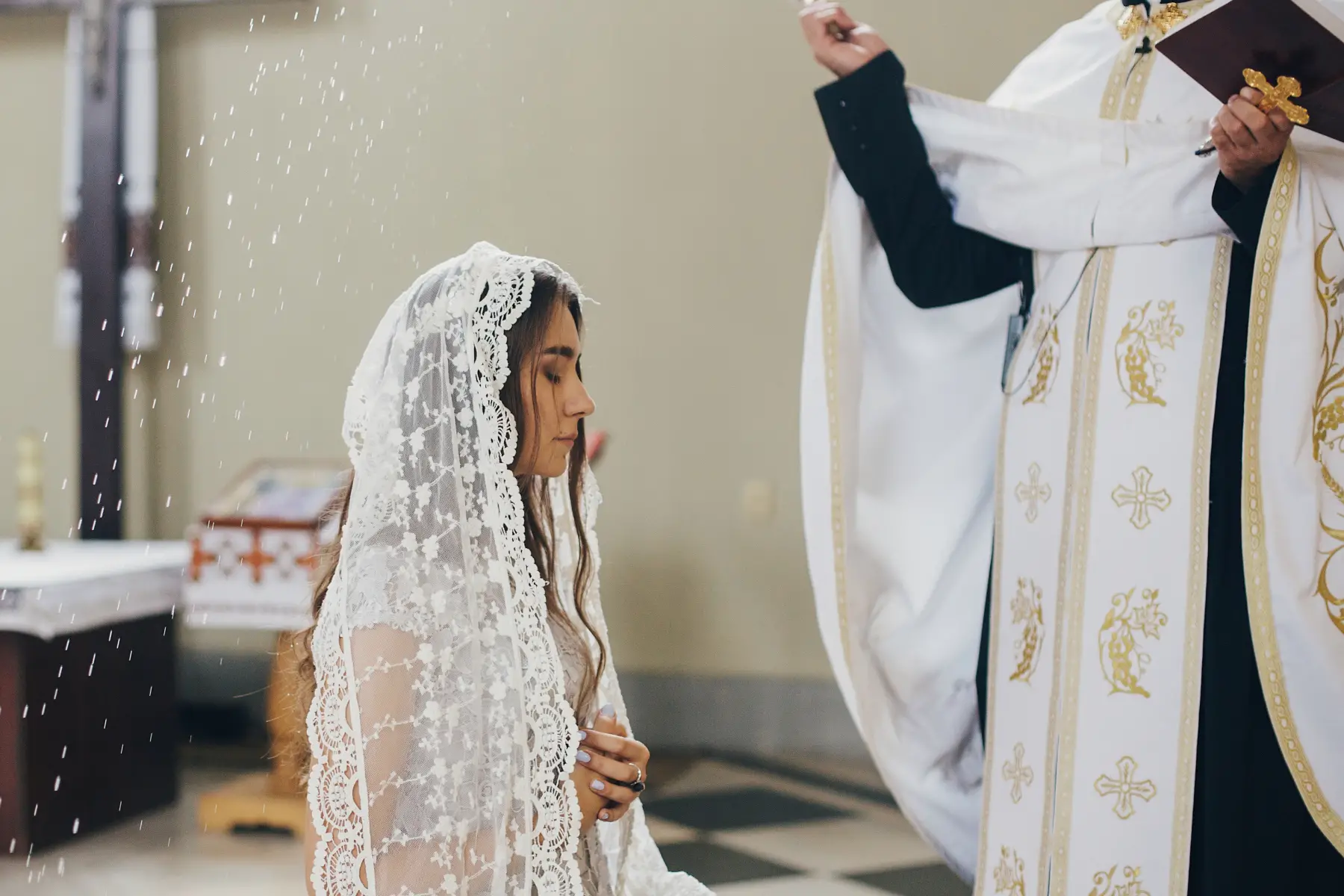
However, there are regional differences. The marriage rate is higher in the southern regions, where the average age is younger than in the rest of the country.
There could be financial, social, and demographic reasons for this decrease in marriage. For instance, inflation drives up living costs, making it more difficult for young adults to leave home and become financially independent enough to afford a wedding. The Catholic church’s influence may also have lessened, with more people choosing to live together and have families outside of marriage. Lastly, Italy’s aging population means fewer young people are getting married for the first time.
Italy has reported more divorces in recent years. However, it still has one of the lowest divorce rates in the European Union (EU), with less than 1.2 per 1,000 people (2020), but up from 0.7 per 1,000 inhabitants in 1980. Of course, the Covid-19 pandemic could have been a contributing factor. These statistics do not include civil unions or separations.
Typical wedding culture
Traditionally, Italian weddings were elaborate affairs, with a large wedding party and expensive reception, requiring guests to wear formal wear. However, many couples may also opt for something smaller, casual, and affordable, partly due to tighter budgets.
Summer is the peak wedding season in Italy, with churches, castles, or other historic venues remaining popular. Many receptions include live music, good food, and dancing. It’s common for couples to go on a luna di miele (honeymoon) after the wedding.
Attitudes towards marriage in Italy
Catholicism has a long history in Italy and has played a significant role in the country’s culture and identity, including viewing marriage as a sacred institution and a fundamental building block of society.
Therefore, despite the decline in weddings, marriage is still an integral part of Italian culture, traditionally seen as the foundation for starting a family. Many Italian couples still choose a Catholic wedding ceremony, which includes traditional elements, such as the exchange of rings, the lighting of a unity candle, and the reading of vows.
Although the Catholic church doesn’t perform same-sex ceremonies, couples can make their relationship official with a civil partnership.
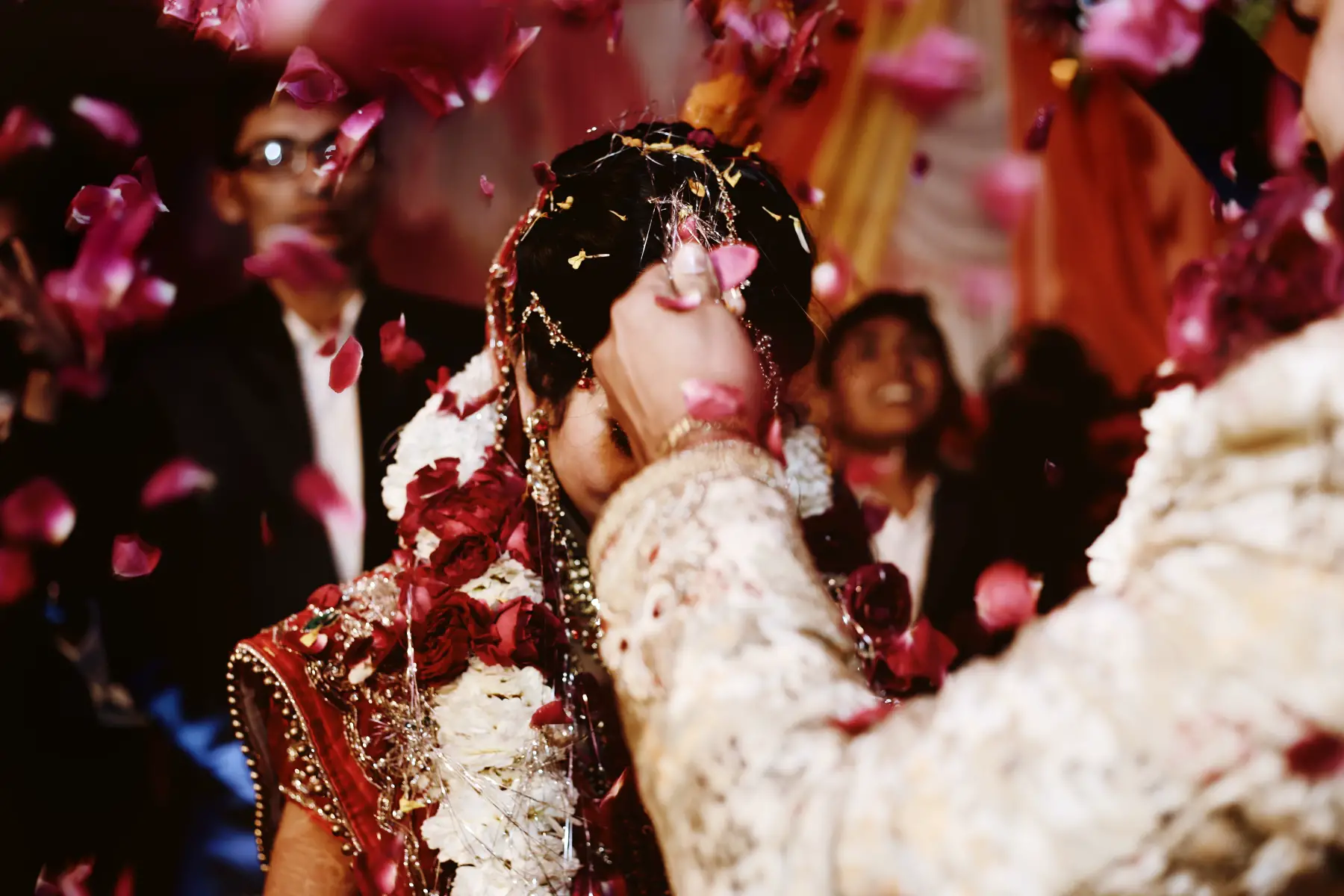
In Italy, residents enjoy religious freedom to practice their faith, be it Christianity, Islam, Judaism, Hinduism, Sikhism, Buddhism, or any other belief system. Therefore, you would be able to find a place of worship and a suitable celebrant for your vows, even if you are not Catholic or religious.
What types of weddings are possible in Italy?
In this beautiful country, you have many options for getting hitched, from a traditional Catholic ceremony in a cathedral to a humanist wedding on the beach or a civil ceremony in the municipio (town hall).
Remember that you still need to officiate your marriage at the local town hall if you have a religious ceremony. However, a Catholic wedding can include a civil element recognized by Italian law.
Civil ceremony
You go to the local municipio for a civil ceremony. Usually, it is a brief formality led by a government official, which can be followed or preceded by a symbolic (i.e., religious or humanist) ceremony. Italian law does not recognize symbolic ceremonies – without the civil aspect – as legally binding.
Most couples will also celebrate their vows with a reception after the ceremony.
According to Italy’s national statistics agency (ISTAT), the trend toward civil ceremonies (50.1% in 2019) – without religious ones – is continuing.
Religious ceremony
More than 70% of the Italian population ascribe to the Catholic faith. As such, many couples choose to have a traditional Catholic ceremony in one of Italy’s beautiful churches or cathedrals. These ceremonies are typically in Italian and follow a strict religious format.
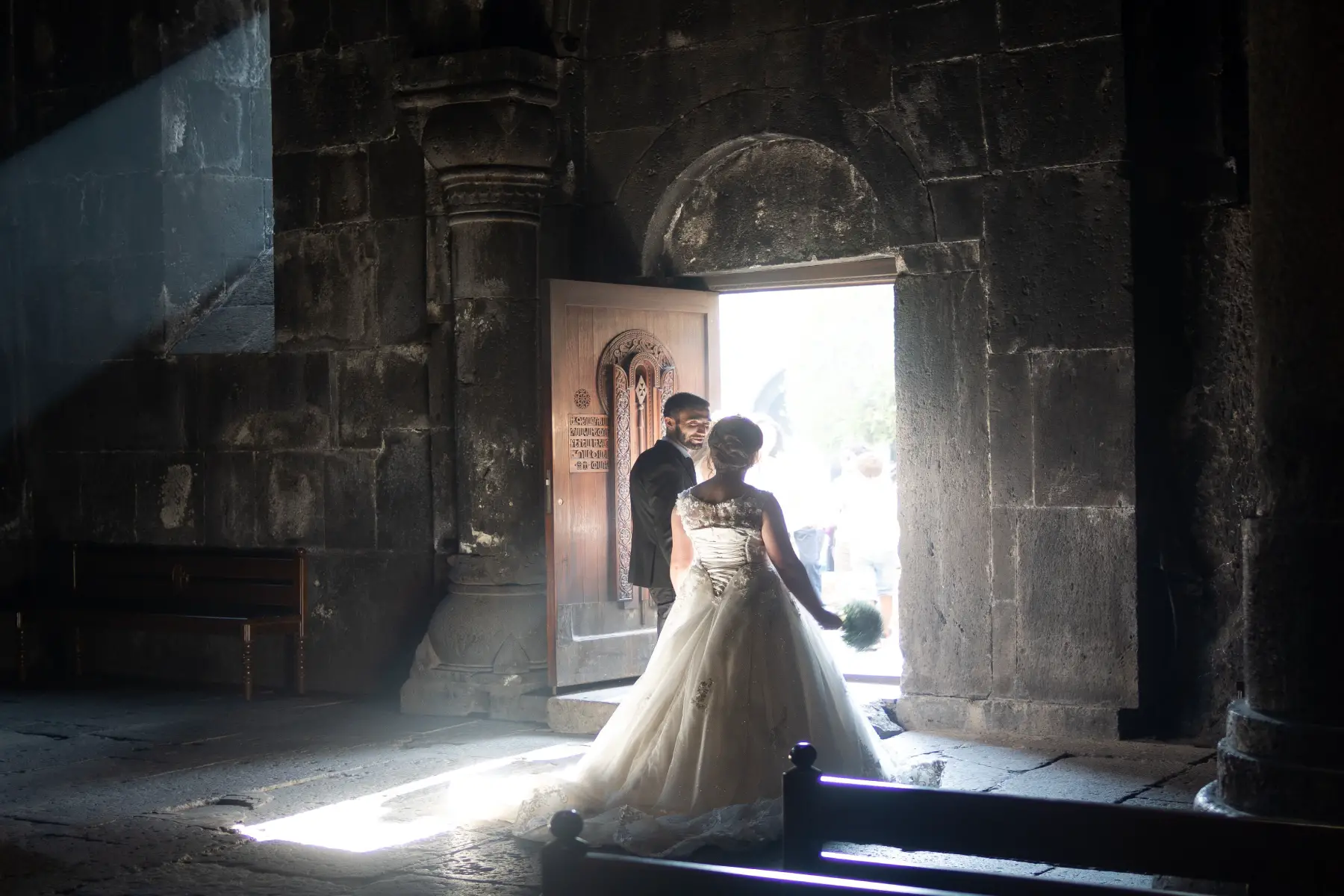
A Catholic priest or Bishop must perform the ceremony. Depending on the individual Bishop, you may be able to combine it with the legal, civil ceremony. While the Catholic Church will not perform a gay wedding ceremony, some Protestant and independent Christian denominations will.
For Protestant weddings, a minister, pastor, or other clergy member performs the ceremony in a church.
A rabbi can conduct your ceremony in your local synagogue if you are Jewish. You can also get married in one of the many historical or orthodox synagogues across Italy, especially in larger cities like Rome (Roma), Florence (Firenze), and Venice (Venezia).
Destination wedding
A destination wedding involves traveling to beautiful places to get hitched, which makes Italy a popular location. If you are not an Italian resident, you’ll find many providers offering all-inclusive planning services for couples traveling for their nuptials. Remember to check the visas and immigration requirements if you live outside the EU.
Gay marriage and same-sex partnerships in Italy
A European Union Agency for Fundamental Rights (FRA, 2014) survey showed that members of the LGBTQIA+ community in Italy felt less supported and experienced more discrimination than in many other European countries (e.g., the Netherlands and Spain). A new bill has been proposed to address these homophobic sentiments in society, which has polarized Italy more than protecting LGBTQIA+ rights.
This more conservative societal attitude may explain why – after gay marriage became legal in Switzerland (1 July 2022) – Italy remains the only Western European country where this is not the case. However, since 20 May 2016, same-sex couples (older than 18 and single) can enter a unione civile (civil union).

This partnership is legally binding with similar rights to marriage, except that same-sex couples cannot adopt. Although, because of a landmark case, they can adopt abroad.
Civil/domestic partnerships in Italy
In Italy, your rights in domestic partnerships (conviventi) do not automatically equal marriage rights. For example, if not married, you cannot inherit your partner’s property unless expressly stated in a will. An unmarried partner will also pay a higher percentage of inheritance tax.
However, as of 2016, couples in a de facto partnership can draw up a legally binding contract under the Cirinnà Law with the same rights. These include:
- Access to your partner’s medical records and power of attorney to make medical decisions when they are incapacitated
- Receive any damages due if your partner died in an accident caused by a third party
- Visit your partner in jail
- Lease a resident in your previous partner’s name
In the case of death – depending on the length of your relationship and whether you had children – you can remain for up to five years in your shared home. For a married couple, the spouse can stay indefinitely.
You can register for a de facto partnership in Italy at your local town hall.
The legal requirements to get married in Italy
Requirements
To get married in Italy, you must meet the following requirements:
- You must both be older than 18. However, with your parents’ or guardians’ consent, you may marry before you come of age.
- You and your partner must provide proof of identity
- Both parties must be single, divorced, or widowed
Spousal rights
Once the marriage ceremony or civil union is legal, the couple joins assets and shares rights and responsibilities equally. For example, the couple accepts the obligation to be faithful, live together, and contribute to their family.

Not all rights are equal. For instance, a woman has to wait 300 days after her marriage ends – due to divorce or death – before she can legally remarry. There do not seem to be any such stipulations for men. Also, Italy’s only civil partnerships with the right to adopt children are married, different-sex couples.
The Italian Civil Code stipulates inheritance laws and regulations. These state that spouses can inherit a portion of their late partner’s estate. This would be one-quarter of the estate if the deceased had children or one-third if not.
Necessary paperwork and documentation
Fortunately, you don’t need to be a permanent resident or citizen of Italy to get married in the country as long as you have the proper documentation.
You must have all the documents translated into Italian, and a service like lingoking can do this professionally.
A civil ceremony
For the legal, civil ceremony, you’ll need to provide:
- Passports or national ID cards
- Birth certificates
- If married previously, a divorce decree or death certificate (originals, not copies)
- A certificate of no impediment (CNI) or Nulla Osta/Nihil Obstat
A Catholic ceremony
If you want a Catholic ceremony, you must show additional documentation, including the following:
- Certificates/Proof of Baptism, First Communion, and Confirmation
- Declaration confirming the bride and groom’s active church membership
- Completion certificate of the pre-martial (pre-cana) classes (i.e., a declaration signed by a parish priest)
- Submit a Pre-Nuptial Enquiry form to your priest two months before your wedding
- Discussing family spiritual life with church family groups
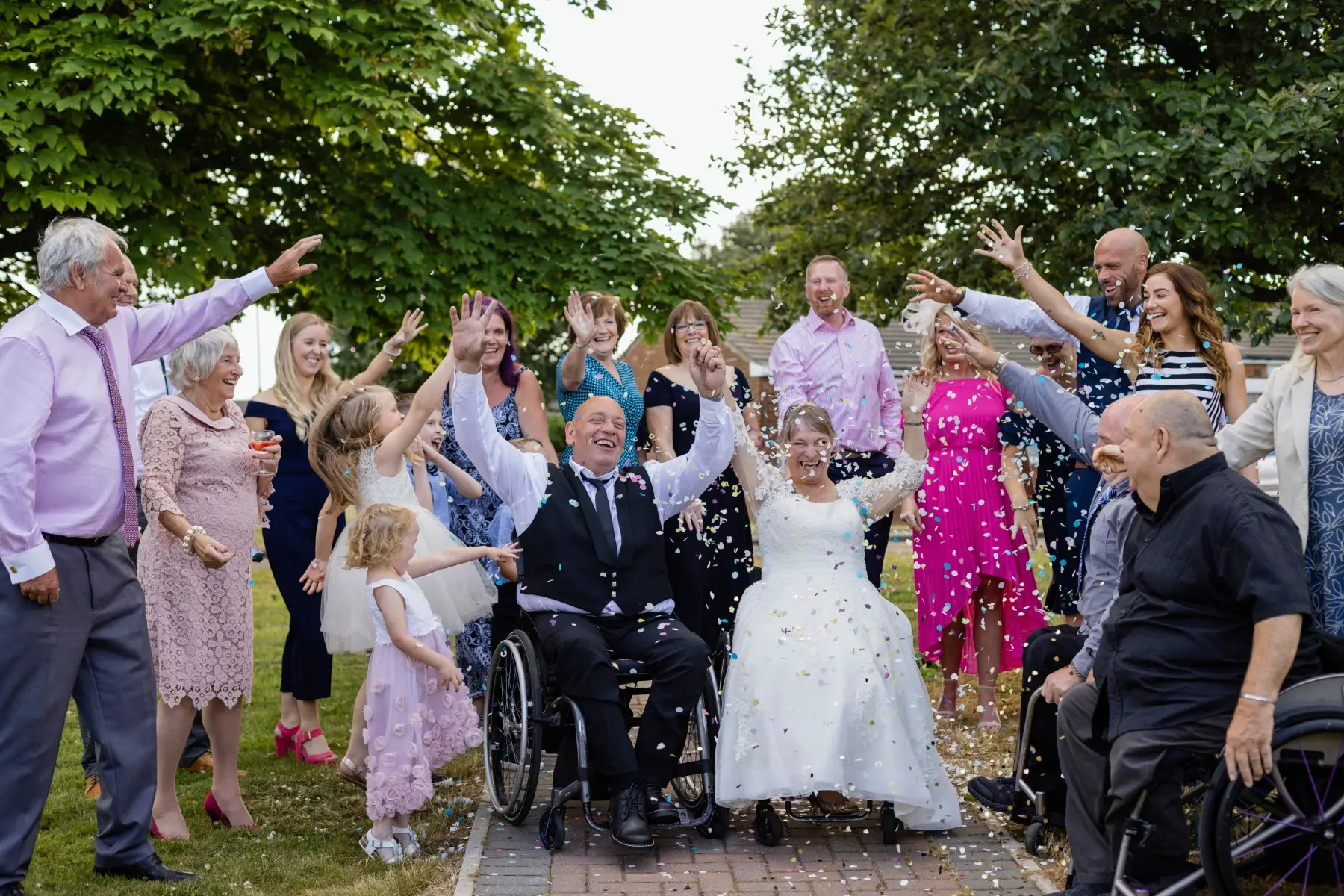
Pre-cana classes are compulsory for couples wanting a Catholic wedding. They usually see their local priest one hour per week for ten weeks. This pre-marital course is designed to help couples reflect on their relationship dynamics and how to nurture a healthy marriage. Topics covered include:
- The exegesis (i.e., religious/spiritual) meeting with the priest to understand the wedding vows
- Discuss the couple dynamics with a psychologist
- Learn about spousal rights and responsibilities with a lawyer
- Meeting with a gynecologist to discuss intimacy, reproductive health, and having a baby
- Explore how life changes when a child arrives with a pediatrician
- Chatting with experienced couples about relationships
Internationals require extra paperwork
If you’re getting married in Italy but don’t have a residency card, you’ll need to apply for a Nulla Osta. You can get this from your local consulate or your home country’s embassy in Italy. It is a certificate of no impediment confirming that you can get married (i.e., both parties are single and will abide by Italian marriage laws). Of course, you must have the certificate translated into Italian. Again, you can use a reputable service like lingoking.
You must also provide a bilingual statutory declaration, if you’re from the United Kingdom (UK). These documents will only be valid for six months, so timing is essential.
Canada does not issue CNIs. Instead, if you are Canadian, you would need to request a “statement in lieu of certificate of non-impediment to marriage abroad” from Global Affairs Canada.

If you’re from the United States (US), you’ll also need two documents to confirm no barriers are preventing your marriage:
- Dichiarazione Giurata (affidavit)
- Atto di notorietà per uso matrimonio or Atto Notorio (declaration)
Australian citizens need an additional Atto Notorio.
You can do this at the nearest Italian consulate in your home country – or in Italy – within 90 days of your wedding.
Wedding planning in Italy: step by step
Decide on the type of wedding
First, decide which type of wedding you want: civil union, religious, or a combination.
This decision will help you prepare as you can draw up a budget, collate the necessary documentation, and zero in on a suitable spot and time of year for your impending nuptials.
Administration
Regardless of the type of wedding, any couple wanting to make their marriage legal need to complete the following process:
Before the ceremony
- Contact the marriage office (ufficio matrimoni) for the city of your intended wedding to check all the legal requirements
- Take the Nulla Osta/Nihil Obstat and Atto Notorio (if required) to the marriage office. To legalize this document, you would need to pay for a revenue stamp (marca da bollo), and the cost varies between regions.
- If you do not speak Italian, take along an interpreter
- An official will plan two appointments – which may be on the same day
- One to lodge your Declaration of intent to Marry
- Another for the civil ceremony
- Customarily, you will pay a rental fee for the marriage hall (varies between locations)
- If you or your partner is Italian or have permanent residency, you may need to post the banns of marriage (pubblicazione di matrimonio) two weeks before the ceremony. This is a public announcement about the intended nuptials.
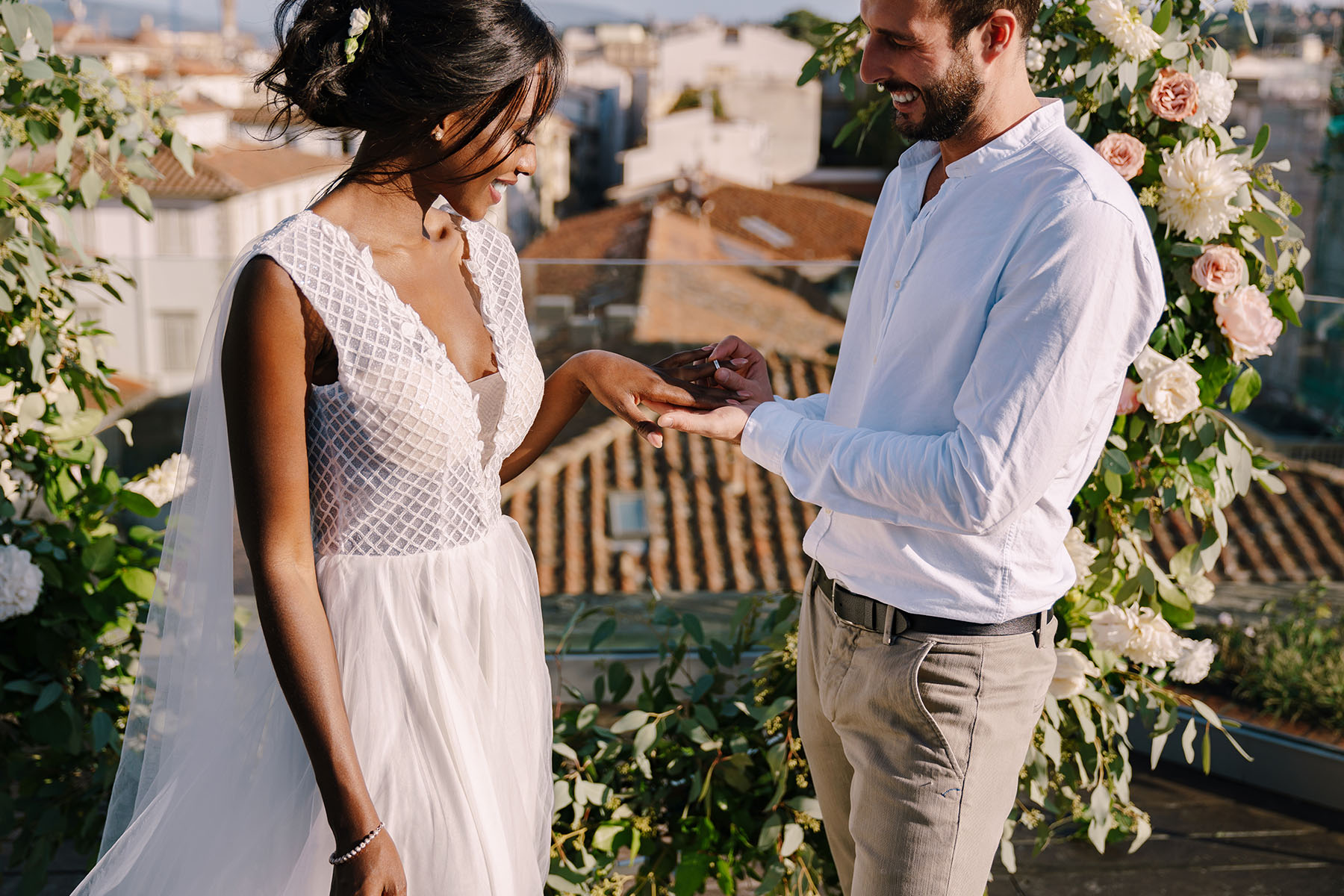
On the day of the ceremony
- Once you have submitted the Declaration of Intent to Marry, you can have the civil ceremony. These can be on different days or on the same day.
- You can apply for a marriage certificate (certificato di matrimonio) just before the ceremony, which you will receive afterward
- If you do not live in Italy, request an Apostille attached to the certificate at the Prefettura (regional state office) to make it legally valid in your home country
Of course, you need to provide all the required paperwork, as discussed previously.
Pick a date and location
Italy is one of the top locations for destination weddings in Europe. Its popularity no doubt stems from its natural beauty for romantic and unique venues. For instance, you can celebrate your commitment outdoors in gardens, parks, vineyards, or beaches. Alternatively, you can add a touch of history and culture by getting married in a castle, cathedral, or iconic landmark.
Elopements are also becoming more popular, where only a small circle of friends and family is present. Eco-friendly weddings are another growing trend in Italy, with many couples consciously choosing vendors and venues that prioritize sustainability.
Once you know where you’d like to wed, you can pick a date. Consider relatives who need to travel and any commitments that might coincide with your plans. Remember, summer will likely be the busiest and most expensive season to get married in Italy.
Top wedding locations
Some of the most popular wedding locations in Italy include:
| City/Location/Region | Description |
| Rome | A romantic and historic city, with cultural landmarks like the Colosseum, the Trevi Fountain, and the Pantheon. Popular for both civil and religious ceremonies. |
| Tuscany | Known for rolling hills, vineyards, and olive groves; a popular choice for outdoor weddings. The region is also home to many beautiful villas and castles. |
| Venice (Venezia) | A unique and romantic city, with its canals and gondolas. Great for smaller destination weddings. |
| Amalfi Coast | A stunning region on the southern coast of Italy. With picturesque towns, beautiful beaches, and breathtaking views. |
| Lake Como | A gorgeous lake in the Lombardy region. With beautiful villas and gardens, another popular choice for outdoor weddings. |
| Sicily | The largest island in the Mediterranean, with a long history, beautiful beaches, and delicious cuisine. |
The cost of getting married in Italy
Now that you know where and when your wedding will happen, it’s time to consider what you can afford. As a popular wedding destination, Italy also has a plethora of wedding planners to choose from if you want help. This way, they take care of all the details so you can relax before your big day.

The average cost of an Italian wedding for 100 people is between €15,000 and €20,000. Of course, this number can vary enormously depending on the location, type of venue and services, the time of year, and the number of guests. Summer weddings are typically more expensive when demand is greater.
Administration fees
The legal fees for a civil wedding in Italy are typically around €200 to 300. These fees cover the cost of obtaining the necessary documents and filing them with the city hall.
If you or your partner are not Italian citizens, you may need to have your documents translated and legalized by the Italian embassy or consulate in your home country. The cost of this process will vary depending on the number of papers and your home country.
Venue fees
If you are having your wedding at the city hall, you can get away with a relatively inexpensive affair, between €100 and €150. A church will range from €400 to 1,500.
If you are having a reception after the wedding, the expenses depend on the location and size of the venue. For a ballpark figure, expect to pay around €500 for a smaller banquet hall or up to €18,000 for a rural castle location.
You will also need to budget for catering costs. This can range from €20 per person (pp) for a buffet option to €150pp for a three-course meal. Remember to include the cost of beverages, which can range from €30 to 80 per person, depending on how generous you decide to be. Often wedding venues will include flowers and decorations in a package deal. Otherwise, this will be an extra cost for an outside vendor.
Additional costs
If you are partial to a chic Italian wedding gown or suit, you’ll be looking at an average cost of €2,500 per outfit.
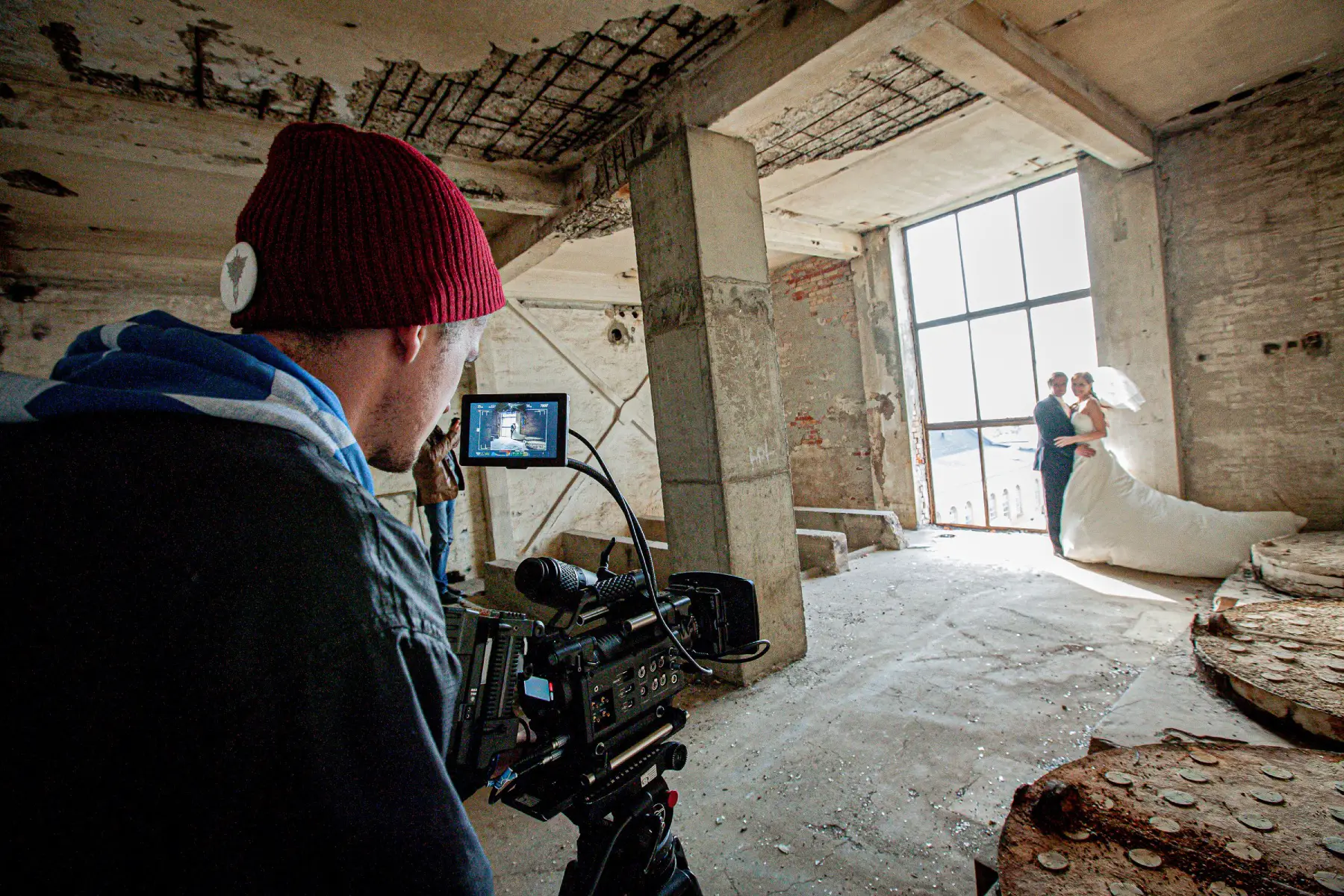
Wedding cakes in Italy could be as much as €1,500, but from a local family baker, as little as €200. You may also want a DJ to pump the tunes, costing, on average, between €300 and €1,000.
Don’t forget to capture all those special moments on your big day. Photography and videography in Italy will run you anywhere from €500 to 3500.
Wedding traditions and customs in Italy
Like many places worldwide, Italy has a lush cultural heritage with wedding traditions that can be romantic and inspiring ways to begin a marriage.
La serenata
Like something from a romance novel, in Italy, it is tradition for the groom and his friends to serenade the bride outside her window on the night before the wedding.
The lazzo
To represent the joining of two families, a ribbon or handkerchief is tied around the waist of the bride and groom during the ceremony. The specific knots represent different things for the couple. The loops symbolize love and unity. After the ceremony, it is cut into small pieces and given to the guests as keepsakes.
Baci perugina
Another sweet tradition in Italy is to have baci perugina at the reception. These are small chocolate kisses wrapped in silver foil. The bride and groom give these to their guests as a symbol of love and appreciation.
Torta nuziale
As in many countries, the wedding cake is an integral part of the reception. A multi-tiered cake with a variety of flavors is typical in Italy. The couple often saves the top tier of the cake to eat on their first anniversary.
Tarantella
The Tarantella is a traditional Italian dance with rapid, energetic footwork and hand gestures. The dance comes from the region of Apulia in southern Italy, where folklore tells the tale of a person bitten by a tarantula and cured by dancing the Tarantella.
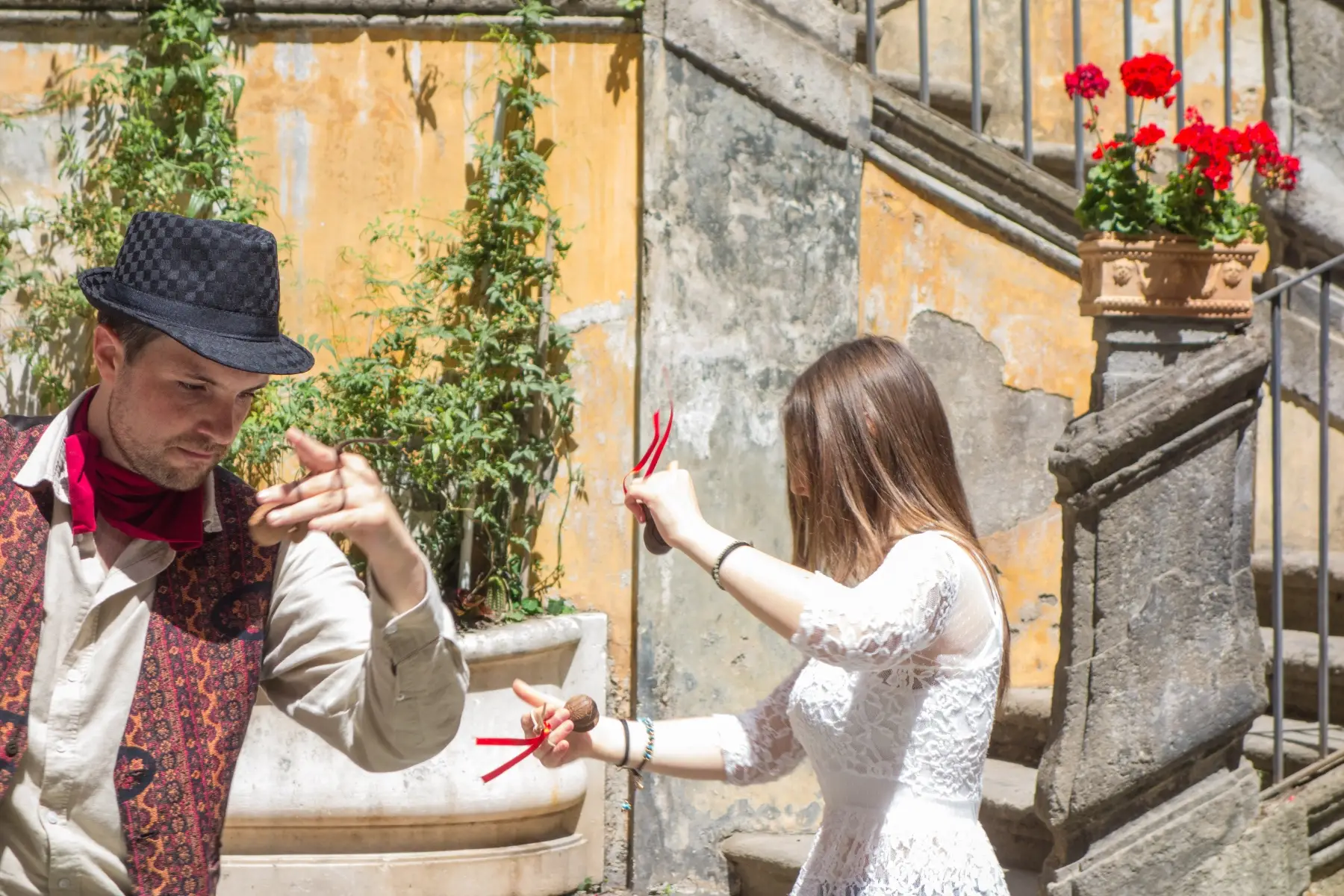
In some parts of Italy, it is traditional for the bride and groom to perform the Tarantella as their first dance. While in other regions, it’s a surefire way to get guests on the dance floor later in the reception.
Confetti or rice throwing
Throwing confetti or rice at the bride and groom as they leave the ceremony in Italy is traditional. Rice symbolizes fertility and good luck.
Vase breaking
Another Italian wedding custom is to break a vase at the reception as a symbol of good luck. The bride and groom each hold a tablecloth corner with a vase in the center. The couple then lifts the tablecloth and drops the vase onto the ground. The guests try to catch the pieces.
The shattered pieces represent the number of years the couple will be happily married. If the vase breaks into many tiny shards, it is a good omen for a long and happy marriage. The custom originates in ancient Rome, where breaking a vase symbolized warding off evil spirits.
Useful resources
- Ministry of Justice (Ministero della Giustizio) – official regulations for internationals wanting to get married in Italy
- US Embassies and Consulates in Italy – legal requirements for US citizens wanting to wed in Italy
- Gov.UK – Nulla Osta application forms




